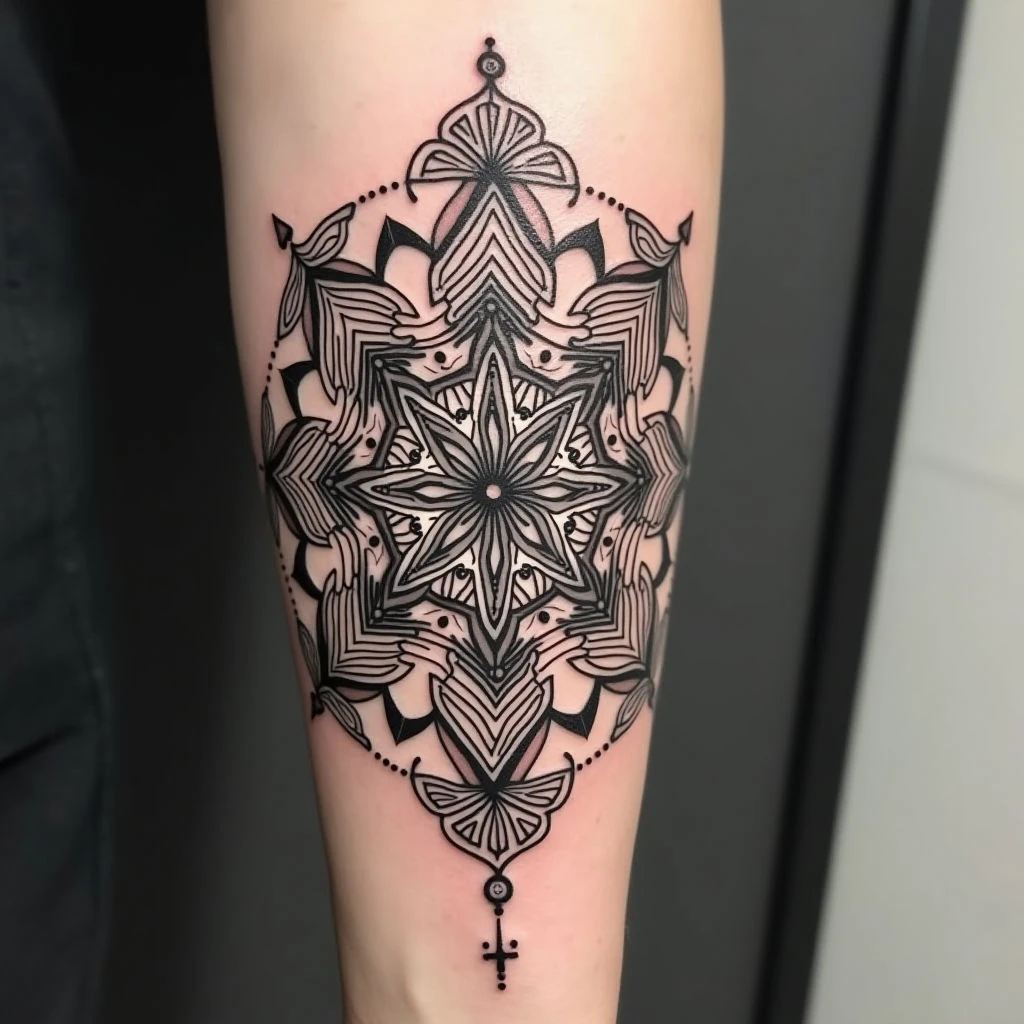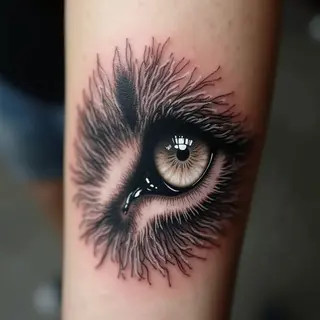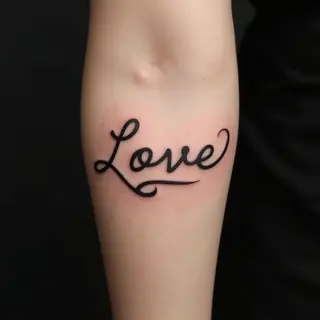Developing Drawing Skills for Tattoo Artists
Developing strong drawing skills is paramount for aspiring tattoo artists, particularly those interested in geometric patterns, sacred geometry, and dotwork. It's about cultivating a precise, systematic approach that translates well onto skin.
Foundational Skills: Mastering the Basics
Begin with fundamental shapes – circles, squares, and triangles. Practice drawing them accurately and consistently. Use rulers, compasses, and stencils initially to enforce precision.
Understand perspective drawing; it’s critical for creating depth and realism in your designs. Experiment with line weight (thickness) to create contrast and visual interest. Practice shading using value scales – transitioning from light to dark.
Geometric Design Focus
Symmetry is a core principle of geometric tattoo art. Practice drawing symmetrical patterns, starting with simple mandalas and progressing to more complex designs.
Fractals are infinitely repeating patterns found in nature; replicating them can enhance your artistic expression. Dotwork requires patience and precision. Start with small areas and gradually increase complexity. Focus on consistent dot spacing for smooth shading.
Tools & Resources
Traditional drawing supplies include pencils (various hardnesses), rulers, compasses, erasers, and tracing paper. Procreate or Adobe Illustrator are useful for creating clean lines and experimenting with designs digitally.
Study geometric patterns from nature, architecture, and sacred geometry texts. Analyze the work of established tattoo artists.
Systematic Practice & Feedback
Consistent practice is key; even 15-30 minutes a day can make a significant difference. Share your work with experienced artists and ask for constructive criticism.
Analyze your mistakes, adjust your approach, and continually refine your skills.


